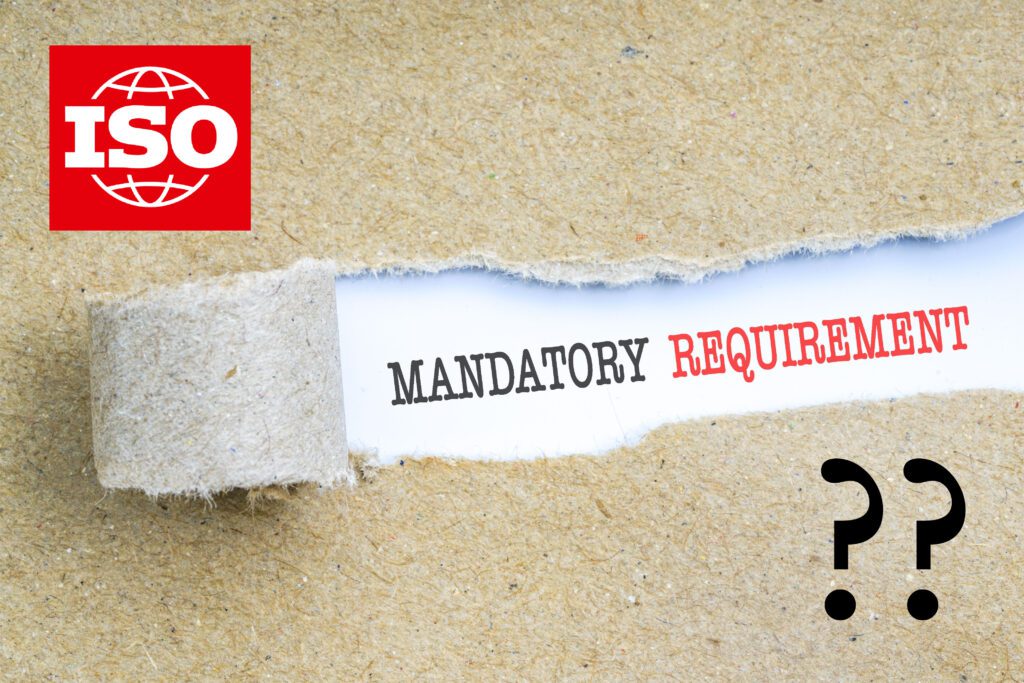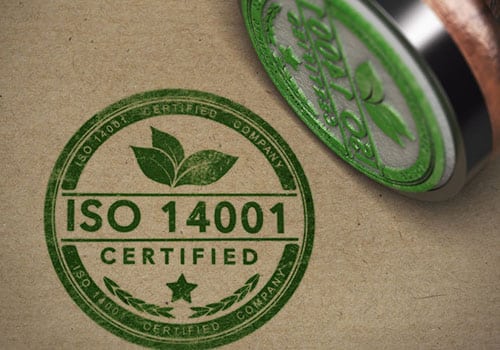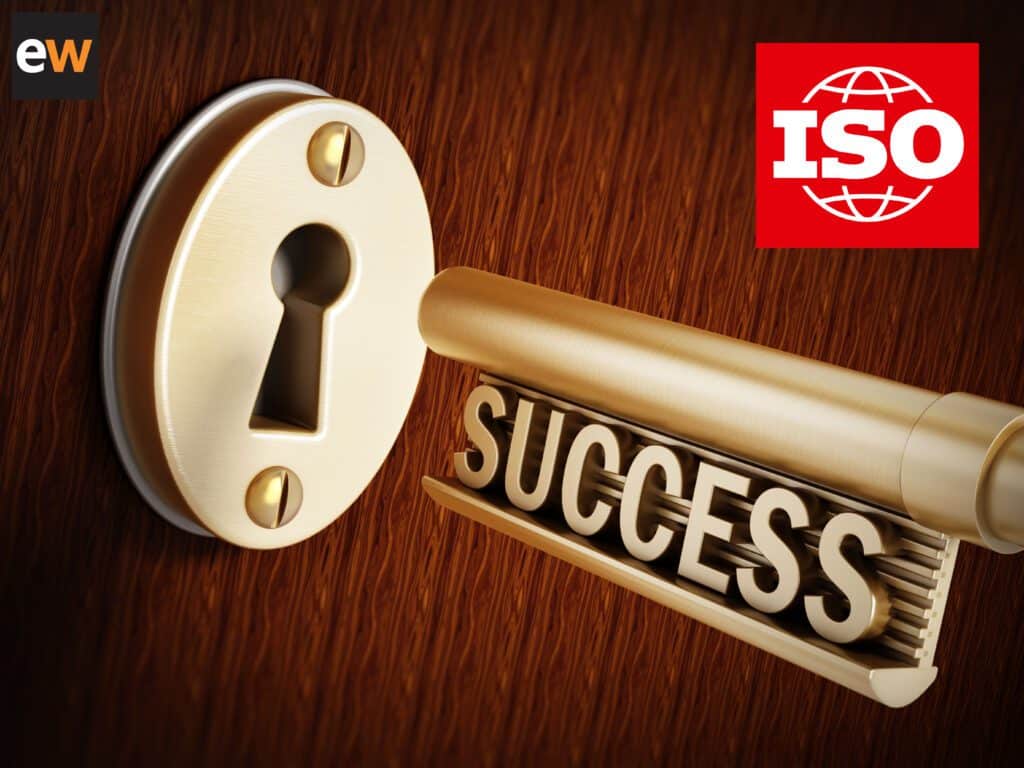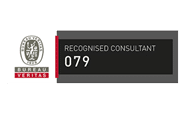In today’s fast-paced business environment, ISO management systems are vital for keeping operations running smoothly and ensuring compliance with industry standards. Yet, for many companies, these systems are becoming burdens rather than solutions. Overly complex, poorly implemented, and not fully understood by staff and managers alike, ISO management systems often end up costing more than they save. Let’s delve into why this happens, how it affects your business, and what you can do to turn the tide.
Overcomplicated Systems: A Drain on Resources
It’s not uncommon for businesses to invest in elaborate ISO management systems designed to optimize processes and ensure compliance. But, what happens when these systems are so complex that neither staff nor managers understand how to use them properly?
Instead of streamlining work, such systems become roadblocks. Employees find themselves spending hours on administrative tasks, trying to navigate confusing interfaces and workflows. This time-consuming inefficiency diverts them from their core responsibilities, causing a dip in overall productivity.
For managers, the situation can be even worse. Rather than focusing on strategic decision-making and leadership, they’re bogged down by endless troubleshooting, trying to ensure the system functions as it should. The more time spent on the system, the less time spent leading their teams and driving results.
The Ripple Effect: Culture and Morale Suffer
Poorly managed ISO systems don’t just drain time and energy; they also have a profound impact on your workplace culture. When employees are frustrated by complicated processes that don’t seem to add value, it leads to low morale. This frustration can turn into a toxic work environment, where staff feel overworked, undervalued, and unsupported.
Furthermore, as the pressure to “make the system work” mounts, it often triggers frantic panic before internal or external audits. The panic isn’t because processes aren’t in place, but because the system in place isn’t being used properly, or worse, isn’t providing the data needed to prove compliance. In these situations, teams scramble to retroactively fill in the gaps, a stressful and time-wasting exercise that could have been avoided.
All of this culminates in a vicious cycle where the ISO management system, which was meant to create value, only ends up draining resources, reducing morale, and contributing to high staff turnover.
The True Cost of Poor Systems
While the upfront investment in an ISO management system might seem like a one-off expense, the hidden costs of using the wrong system or using the right system poorly can snowball over time. You may not be aware of the full financial impact: lower productivity, missed opportunities for growth, and the high cost of frequent employee turnover.
Additionally, when employees are constantly firefighting to make the system work, they miss out on opportunities for personal and professional development. This leads to disengagement and ultimately a higher rate of staff churn, which itself can cost up to twice the annual salary of a departing employee.
The Solution: A Well-Managed, Tailored Approach
At EmmersonWills, we are the ISO simplicity experts. We’ve developed a proven formula for creating simple, effective, and value-adding ISO management systems that are easy to use, fully supported, and sustainable. Our approach ensures that your system remains functional and streamlined, even in the face of staff turnover. Rather than bogging down your team, our solutions are designed to integrate seamlessly into your operations, adding value without complexity. With EmmersonWills, your ISO management system will enhance productivity and culture, providing long-term benefits and peace of mind.
Don’t just take our word for it—see what our clients are saying on our testimonials page.
Ready for a Change?
Investing in expert consultancy now will save you much more in the long run—both financially and culturally. If you’re unsure whether your ISO management systems are as efficient and value-adding as they should be, visit emmersonwills.com to discover how we can help transform your business. To get started, visit our contact page and start the conversation.
Don’t let your systems manage you – take control and reap the benefits of streamlined operations today.









